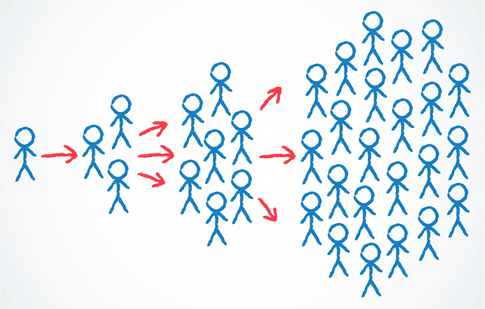How does it spread?
The Coronavirus (COVID-19) is primarily spread and passed person to person from the exchange of fluids from the respiratory tract.
This infects other people by way of airborne particles or surface contact from an infected person coughing or sneezing. A non-infected person can become infected by inhaling these airborne particles or touching something that’s been contaminated with the virus. scientists believe the virus can live on certain surfaces for up to 14 days.
Airborne infection seems the likely cause of the majority of cases since they’ve been observed within family members who’ve had prolonged close contact with someone infected. Covid-19 spreads easier than its cousin SARS and much like other coronaviruses that couse cold like symptoms. Many experts have said. it it is highly transmissible, which makes sense since we are now seeing the virus propagate across much of the world.
Because many coronavirus cases are mild, the disease is probably much more widespread than current numbers suggest.
There are reports of people transmitting the virus before when asymptomatic, meaning before they show symptoms, however many experts believe this is not a major driver of new infections. The most concerning thing about COVID-19 is that because many infections only cause mild symptoms in people, the virus can easily spread before people realize they are sick, which makes it much harder to contain when you don’t know who may have the virus.
